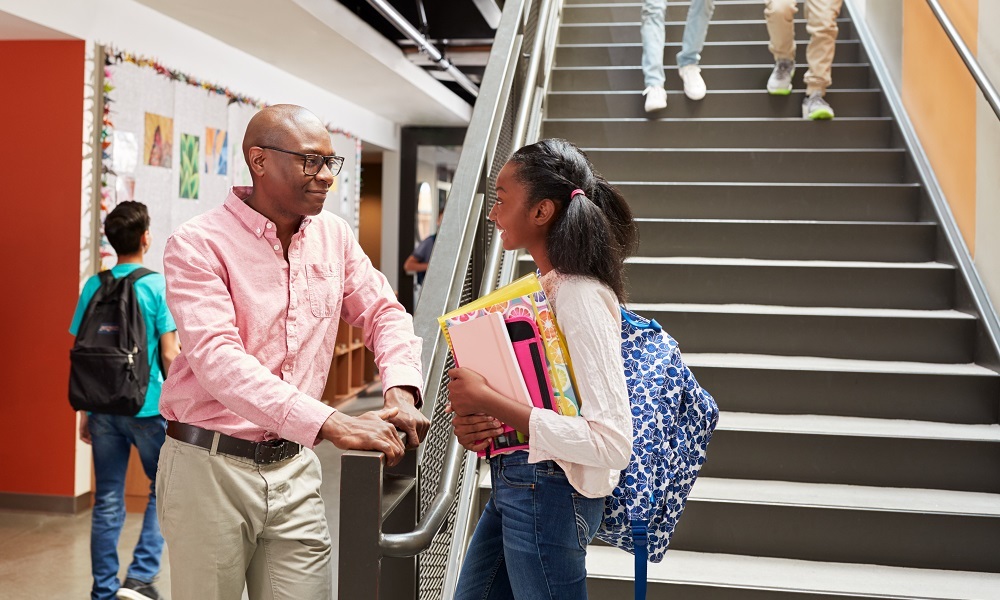Data consistently shows that students are dealing with high levels of stress and other mental health issues, and that many choose to turn to their teachers for support with these struggles. A new report published in the Australian Journal of Education (AJE) looks at how teachers manage student wellbeing concerns and academic stress in order to progress learning.
The paper, The role of teachers in mitigating student stress to progress learning, outlines the strategies utilised by teachers to respond to key stresses of students in order to advance their learning. Findings suggest they are prioritising the wellbeing of students over academic agendas.
‘Although the role of quality teaching for student learning is well established in literature, what is not yet established is how teachers mitigate increasing stresses experienced by school students to preserve and progress (mediate) student learning,’ the researchers write in the paper.
Researchers interviewed 22 educators (10 primary school educators, 10 secondary school educators and two specialist teachers) to gain insight into their perspectives and experiences. Specifically, the educators were asked to share how they manage student wellbeing needs and academic performance, the support structures available in their school context, and the causes of stress in students.
‘Teachers proactively sought ways to create margins of time and space (mental and physical) for their students, whether by buffering the pressures of an overcrowded curriculum and data-driven audit cultures, finding physical outlets for stressed and traumatised students, or providing mental breaks and mindful time for overwhelmed students,’ the researchers write.
The interviews revealed three main themes: pressures and stresses students bring with them to school; academic pressures and stresses encountered at school; and the role of teachers as mitigators and mediators.
Each theme was also broken down into specific elements. For example, parental expectations was identified to be one of the pressures and stresses students bring with them to school; assessment was identified to be a major element of academic pressures and stresses encountered at school; and use of storytelling and perspective-giving was a key strategy teachers used to mitigate student stress and mediate learning.
Quotes from interviewees on each of these elements are shared in the report, and from this interview data, researchers concluded: ‘teachers actively mitigate student stresses to progress and mediate their learning. In this way, teachers feel the push of stresses and pressures, and the pull of motivation to see students learn’.
From these conclusions, the researchers recommend that the strategies used by teachers to mitigate student stress and progress learning – in particular, the use of storytelling and perspective-giving – should be prioritised in teacher education and staff professional development. There is also an opportunity, they write, to conduct further research into storytelling and perspective-giving as pedagogical tools.
References
Willis A., Grainger, P., Menzies, S., Dwyer, R., Simon, S., Thiele, C. (2020). The role of teachers in mitigating student stress to progress learning. Australian Journal of Education. https://doi.org/10.1177/0004944120982756
The full paper, The role of teachers in mitigating student stress to progress learning, is available to freely access online in the Australian Journal of Education until 15 March 2021.



